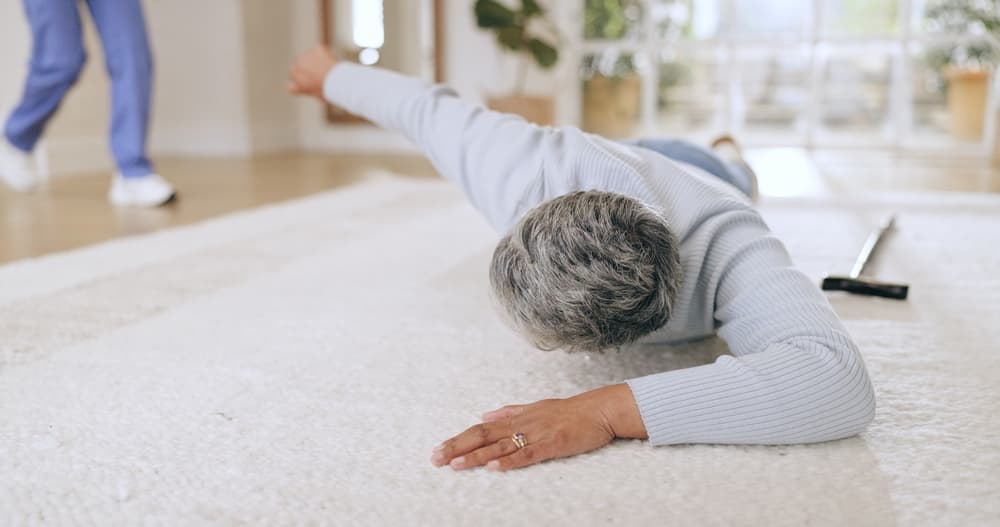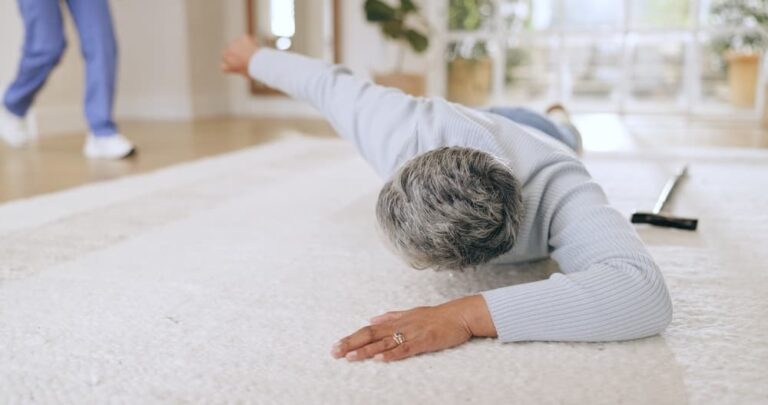
Falls are among the most serious and common dangers faced by older adults in nursing homes, assisted living facilities, and other elder care settings. For a younger person, a fall might mean a bruise or sprain; for seniors, it can lead to broken bones, traumatic brain injuries, extended hospital stays, or even permanent disability. Because falls are often preventable with proper supervision and safety measures, families may feel not only distressed but also frustrated when these incidents happen. Families can be empowered to defend their loved ones and hold negligent establishments responsible by being aware of their legal options. The Nursing Home Injury Law Group offers families the guidance they need to pursue justice after a preventable fall, ensuring accountability and safer care standards.
Why Falls In Elder Care Are Different?
Older adults are at heightened risk of falls due to age-related changes such as decreased bone density, reduced balance, muscle weakness, and chronic health conditions. Many are also prescribed medications that cause dizziness or drowsiness. In elder care facilities, residents often rely entirely on staff for mobility assistance, meal support, or transfers from beds to wheelchairs.
This dependency means facilities have a heightened responsibility to prevent falls when staff fail to meet that responsibility—whether through understaffing, poor training, or ignoring care plans—the results can be devastating.
Common Causes Of Falls In Care Facilities
While no environment can eliminate all risks, certain conditions frequently contribute to fall injuries in elder care settings:
- Inadequate Supervision: Residents at high risk of falls may be left unattended.
- Environmental Hazards: Wet floors, poor lighting, and cluttered hallways are common culprits.
- Improper Use Of Equipment: Broken walkers, faulty wheelchairs, or malfunctioning bed rails can cause accidents.
- Failure To Follow Care Plans: If a resident requires assistance for transfers but is encouraged to walk alone, the facility may be negligent.
- Medication Mismanagement: Doses that cause excessive drowsiness or dizziness heighten fall risks.
When these risk factors are ignored, a fall often signals a breakdown in basic care standards.
Legal Responsibilities Of Elder Care Facilities
Facilities that provide elder care are legally obligated to keep residents safe and to follow federal and state regulations designed to protect vulnerable individuals. This includes creating and updating fall-prevention plans, ensuring safe living environments, and providing adequate staffing.
If a facility fails to uphold these duties, and a resident suffers a fall that could have been prevented, the facility may be held liable for negligence. Families have the right to question whether the fall was simply an accident or the result of systemic neglect.
Legal Recourse For Families
When pursuing legal recourse, families work with attorneys who specialize in elder neglect and injury cases. A lawyer’s role is to investigate the circumstances of the fall and determine whether the facility breached its duty of care. This often involves:
- Examining medical data to determine how severe the injuries are.
- Examining staff logs and care plans to identify lapses in supervision.
- Gathering witness statements from other residents or visitors.
- Documenting unsafe environmental conditions.
- Consulting with medical experts to explain how the fall could have been avoided.
By assembling this evidence, attorneys can demonstrate whether the fall was a result of negligence and hold the facility accountable.
Possible Outcomes Of Legal Action
Successful claims can provide compensation for:
- Medical expenses related to the fall.
- Rehabilitation and long-term care costs.
- Suffering, pain, and a decline in life quality.
- Punitive damages are occasionally applied to punish careless or deliberate neglect.
Beyond compensation, legal action also has broader implications. Lawsuits can pressure facilities to improve staffing levels, adopt stricter safety protocols, and invest in better training—all changes that benefit current and future residents.
Steps Families Should Take After A Fall
If a loved one suffers a fall in an elder care setting, families should:
- Seek immediate medical evaluation and treatment.
- Document injuries with photographs and detailed notes.
- Request a copy of the facility’s incident report.
- Ask about staffing levels, supervision policies, and care plans.
- Contact an attorney experienced in elder neglect to review the case.
Acting quickly preserves evidence and helps build a stronger legal claim.
Final Thoughts
Fall injuries in elder care settings are not just unfortunate accidents—they can be signs of serious neglect. Families who understand their legal options are better equipped to protect their loved ones and demand accountability from care facilities. Legal recourse not only provides compensation for the harm suffered but also helps push institutions toward higher standards of safety and compassion.
When it comes to the well-being of vulnerable seniors, pursuing justice is more than a legal step—it is a vital act of advocacy and protection.






